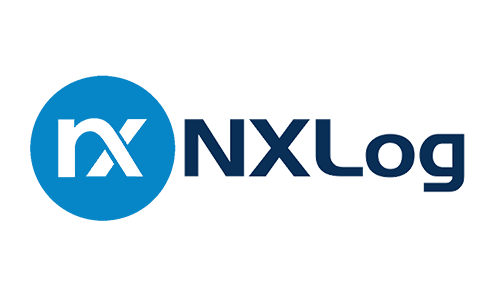
Problems that solves
No control over data access
Unauthorized access to corporate IT systems and data
Risk or Leaks of confidential information
Employee personal use of corporate IT during working hours
No monitoring of corporate IT processes
Low employee productivity
No control over implementation
Values
Reduce Costs
Enhance Staff Productivity
Ensure Security and Business Continuity
Generate Business Reports
NXLog Log Collection Solutions
We offer superior log collection technology that works on all major operating systems, is compatible with most SIEM and log analytics products.
About Product
Description
We offer superior log collection technology that works on all major operating systems, is compatible with most SIEM and log analytics products, and can handle data sources that other tools cannot cope with giving you more visibility into your systems and operations.
Log Collection Solutions:
The NXLog Community Edition is an open source log collection tool available at no cost. It is available for various platforms including Windows and GNU/Linux. The NXLog Community Edition is used by thousands worldwide from small startup companies to large security enterprises and has over 70,000 downloads to date. Its flexibility allows it to be utilized in various setups and can be used both as a log collector agent and as a log server.
NXLog Enterprise Edition. In addition to the features that our NXLog Community Edition users love such as the flexibility, low memory footprint and high performance, the NXLog Enterprise Edition contains dozens of enhancements and additional features which can be useful in enterprise deployments. These features are enhanced reliability, support for additional log sources such as CheckPoint LEA, NetFlow and SNMP events, agent management and monitoring capabilities, remote Windows EventLog collection, ODBC input and output modules to read/write data into databases (e.g. Microsoft SQL Server) and many more.
NXLog Manager. Managing and monitoring a large number of log collector agents can be tough, especially if you have a lot of servers in different roles with multiple teams in charge. NXLog Manager can remotely manage and monitor NXLog Enterprise Edition instances using a centralized web-based management console.
NXLog Extras. We offer a number of add-on products to collect logs from various solution and services such as Salesforce, Box, Okta, Microsoft Exchange, and Microsoft Azure and Office356:
- NXLog Office 365 is an add-on product to collect logs from Microsoft Azure and Office 365 cloud services.
- NXLog Salesforce is an add-on product to collect logs from the Salesforce cloud service.
- NXLog Exchange is an add-on product to collect audit logs from Microsoft Exchange Server.
- NXLog Box is a cloud-based file sharing and content management service. NXLog Box is an add-on product to collect logs from the Box cloud service.
- NXLog Okta is an add-on product to collect logs from the cloud service Okta.
Competitive products
User features
Roles of Interested Employees
Chief Executive Officer
Chief Information Officer
Chief IT Security Officer
IT Security and Risk Management
Organizational Features
IT Security Department in company
Сonfidential data
Internet access is available for employees

